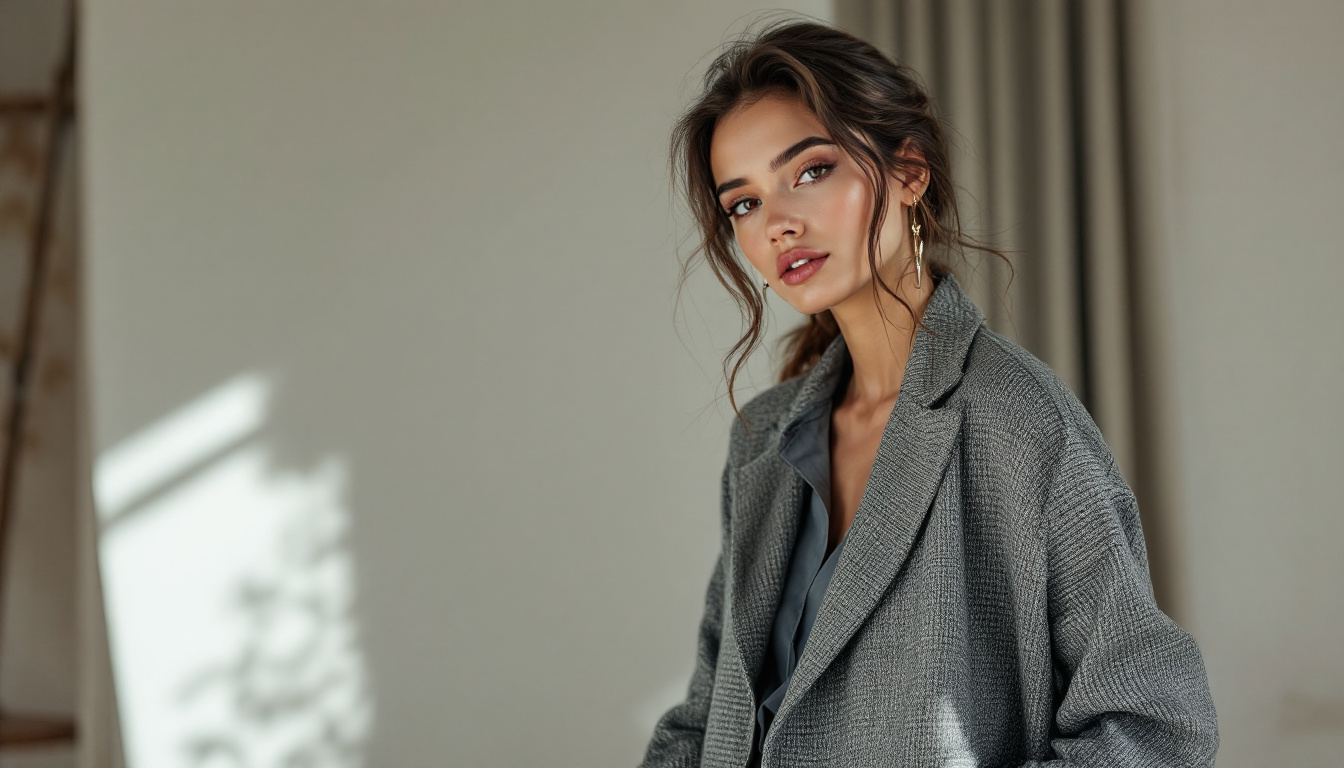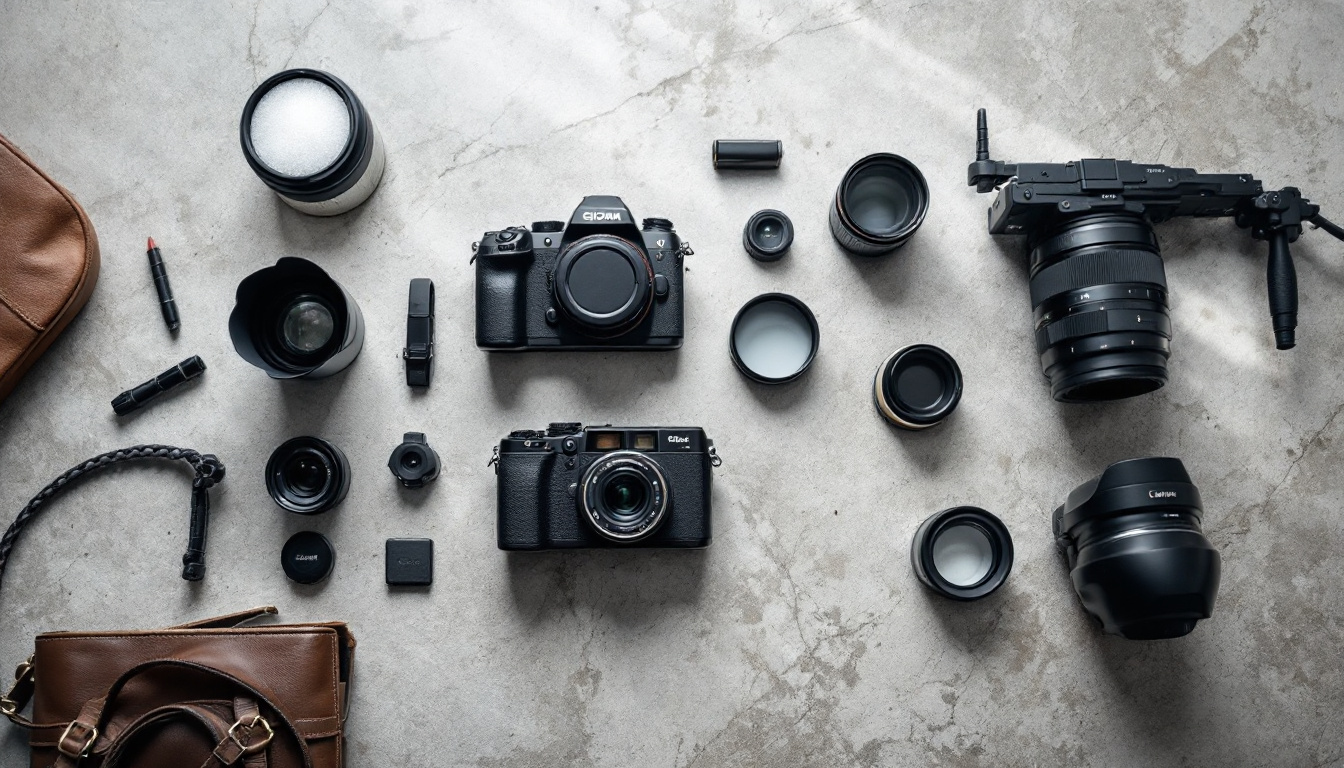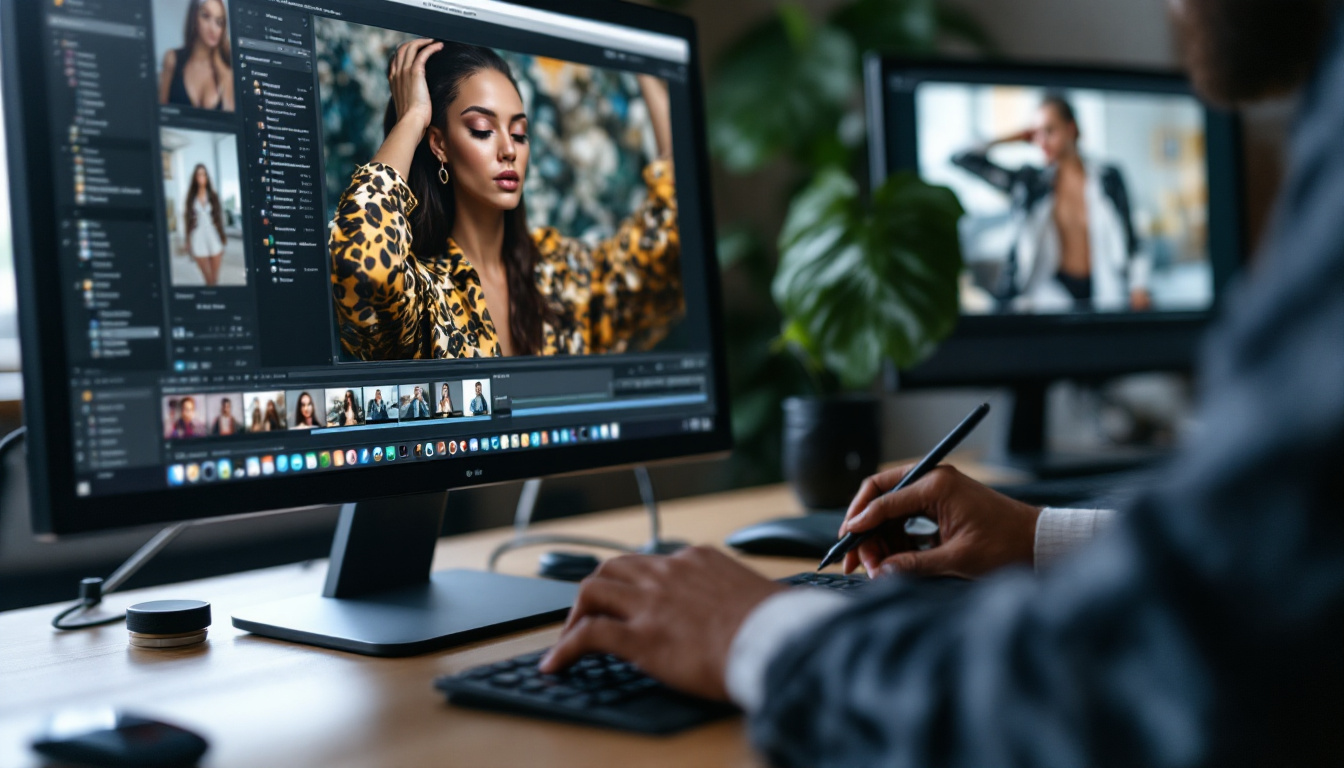Fashion photography is a compelling blend of art and commerce that captures the essence of clothing and accessories while telling a story through visuals. Whether you’re a beginner eager to learn or an experienced photographer looking to refine your skills, understanding the essential aspects of this genre can elevate your work. This article will explore the key components of fashion photography, from foundational concepts to advanced techniques, essential gear, and post-production tips that can help you achieve stunning shots.
Understanding the Basics of Fashion Photography
At its core, fashion photography aims to showcase clothing and accessories through visually appealing images. However, mastering this genre involves more than just snapping pictures of models. It encompasses various elements that contribute to the overall aesthetic and narrative.

The Role of Lighting in Fashion Photography
Lighting is one of the most critical aspects of photography, especially in fashion. The right lighting can highlight the texture of fabrics, the colors in garments, and the mood of a photo. Natural light can create soft shadows, while artificial light allows for greater control over the scene.
Utilizing tools such as reflectors or diffusers can help you manage harsh sunlight or create softer light conditions, enhancing the vibrancy of your shots. Experimenting with both natural and artificial lighting will enable you to discover how each type can transform your images. Additionally, consider the time of day when shooting outdoors; the golden hour, shortly after sunrise or before sunset, can provide a warm, flattering glow that elevates the overall quality of your photographs.
Importance of Location and Setting
The choice of location profoundly impacts the story behind a fashion photograph. Urban settings, rustic backdrops, or nature scenes each convey different vibes and suit varying styles of clothing. For instance, a high-fashion ensemble might be best showcased against a minimalist, modern background, while bohemian garments could thrive in a lush, outdoor setting.
Understand the relationship between the clothing and the environment. The setting can either enhance or distract from the fashion being displayed, so choose wisely to create a cohesive narrative that resonates with your audience. Furthermore, incorporating elements of the location into your composition can add depth to the image; think about how architectural lines, natural textures, or even local culture can complement the fashion being portrayed, creating a richer visual experience.
The Art of Posing in Fashion Photography
Pacing and posing are crucial in fashion photography as they directly affect how garments are presented. Models’ poses must communicate confidence, style, and movement to bring the fashion to life. Think of poses that complement the clothing’s flow and structure and experiment with different angles to showcase these aspects effectively.
Encouraging models to express genuine emotions can also create a more engaging narrative within your photos. Poses should feel natural rather than forced, allowing the model’s personality to shine through while emphasizing the fashion. Additionally, consider incorporating dynamic movements, such as twirling or walking, to capture the essence of the garments in action. This approach not only adds energy to your images but also allows viewers to envision how the clothing interacts with the body in real life, making the fashion feel more relatable and desirable.
Advanced Techniques for Fashion Photography
Once you have a firm grasp of the basic principles of fashion photography, you can begin to explore advanced strategies that add creativity and depth to your work. These techniques help you create images that stand out in a crowded marketplace.
Using Color and Texture Creatively
Color and texture are powerful tools in fashion photography. The interplay of various colors can evoke different feelings and responses in viewers, so it’s essential to choose hues that complement each other. Additionally, textures can add depth and intrigue, drawing the eye to specific areas of the image.
Consider using contrasting colors to create striking visuals or harmonious shades to evoke a sense of serenity. Incorporating different textures in your clothing and backgrounds will also give your photographs a more layered and dynamic appearance. For instance, pairing a sleek satin dress with a rough brick wall can create a compelling juxtaposition that highlights both the elegance of the garment and the rawness of the environment. This contrast not only enhances the visual interest but also tells a story about the relationship between fashion and its surroundings.
Capturing Movement in Fashion Photography
Fashion is inherently about motion and life. Capturing that movement in your photography can bring a sense of energy and excitement to your images. Techniques such as panning the camera while the model is in motion or using a fast shutter speed to freeze action can result in ecstatic compositions.
Encourage your models to move fluidly, whether it be through walking, twirling, or dancing, allowing you to capture genuine moments that reflect the liveliness of fashion. This approach not only enhances the storytelling aspect but also showcases the clothing in action. Additionally, consider using slow shutter speeds to create a sense of blur that conveys speed and dynamism, allowing the viewer to feel the motion rather than just see it. This technique can be particularly effective in editorial shoots, where the goal is to evoke a narrative that resonates with the audience.
Experimenting with Angles and Perspectives
The angle from which a photograph is taken can significantly alter its impact. Varying your shooting angles—shooting from above, below, or at eye level—can create intriguing perspectives and highlight different aspects of the fashion items.
Don’t hesitate to experiment with unconventional angles or compositions to discover unique ways to present your subject. Such creativity can make a simple outfit look extraordinary and enhance viewer engagement. For example, shooting from a low angle can give the model a powerful, larger-than-life presence, while a high angle might create a more whimsical, delicate feel. Additionally, incorporating reflections or using mirrors in your compositions can add layers of complexity and intrigue, inviting viewers to look deeper into the image and discover new details with each glance.
Essential Gear for Fashion Photography
Having the right equipment at your disposal is vital in achieving the best results in fashion photography. While talent and technique play critical roles, the gear you choose can also significantly influence the outcome of your images.

Choosing the Right Camera and Lenses
Your choice of camera can vary based on your preferences and style, but a DSLR or mirrorless camera is typically recommended for fashion photography due to their versatility and image quality. High-resolution cameras allow for detailed captures, an essential factor in showcasing fashion details.
In terms of lenses, a prime lens with a wide aperture can be excellent for portraits, allowing for beautiful bokeh effects that isolate the subject. On the other hand, a zoom lens provides flexibility in various shooting environments, helping you adapt to different settings effortlessly. Additionally, macro lenses can be a fantastic asset for capturing intricate details of clothing and accessories, revealing textures and patterns that might otherwise go unnoticed.
Importance of Lighting Equipment
While natural light can work wonders, understanding lighting equipment allows for greater control and creativity. Strobes, softboxes, and LED lights can help you manipulate the scene to achieve your desired effect, making them essential for controlled shoots.
Investing in a good lighting setup will enable you to create various moods and styles, ensuring your imagery remains compelling and professionally polished. Moreover, using reflectors can help bounce light onto your subject, softening shadows and enhancing the overall look of your photographs. Experimenting with different lighting angles and intensities can also lead to stunning results, allowing you to highlight the textures and colors of the garments in unique ways.
Props and Backdrops for Fashion Photography
Incorporating props and backdrops can enhance the visual storytelling in your fashion photography. Simple items can contextualize poses, while unique backdrops can add depth to your surroundings, creating a more engaging scene.
Consider materials like seamless paper, textured fabrics, or urban landscapes as potential backdrops. Likewise, props that complement the outfit can inform the narrative and appeal to the targeted audience’s interests. For instance, using vintage luggage or stylish accessories can evoke a sense of adventure or luxury, while playful items like balloons or flowers can add a whimsical touch. Additionally, experimenting with different color palettes for your backdrops and props can create striking contrasts that draw attention to the fashion pieces, making your images not only visually appealing but also memorable.
Post-Production in Fashion Photography
The work of a fashion photographer doesn’t end after clicking the shutter. Post-production is integral to perfecting your images, refining details, and enhancing the visual impact of your photographs.

Editing Techniques for Fashion Photos
Editing is crucial for achieving a polished and professional look. Software tools such as Adobe Lightroom or Photoshop can assist in adjustments including exposure tuning, color correction, and contrast enhancement. These edits can help refine your images and align them with the desired artistic vision.
Don’t hesitate to experiment with various filters and presets, but always keep in mind the importance of maintaining authenticity while enhancing your work.
Retouching and Enhancing Images
Retouching plays a significant role in fashion photography, ensuring that images meet professional standards. Removing blemishes, smoothing skin tones, and enhancing details can drastically improve a photo’s appeal.
However, it’s essential to strike a balance—over-retouching can lead to an unnatural appearance. Focus on highlighting the model’s features while preserving their essence for realism.
Preparing Your Photos for Publication
Before submitting your work for publication, ensure that your images meet the necessary specifications. This may include format, resolution, and color profile adjustments. Proper preparation not only reflects your professionalism but also ensures that your work stands out in the competitive world of fashion.
Ultimately, mastering fashion photography is a continuous journey of learning and innovating. By understanding the nuances highlighted in this article—from the basic principles through to advanced techniques—you can develop your signature style and create breathtaking fashion images that resonate with audiences worldwide.
As you continue to refine your fashion photography skills and create captivating images, consider the ease with which you can share your work with clients. Cliqora is here to streamline your workflow with super fast resumable uploads and a platform that allows your clients to maintain permanent access to their content. With features like AI face detection for private sharing and tools to manage clients, contracts, and payments, Cliqora is the SaaS platform designed to elevate your photography business. Take advantage of our early access offer and register for Early Access to create your first Project on Cliqora for free! Don’t miss this opportunity to enhance the way you share your stunning fashion photography.



